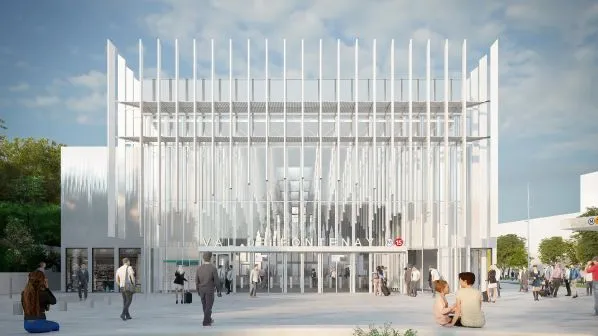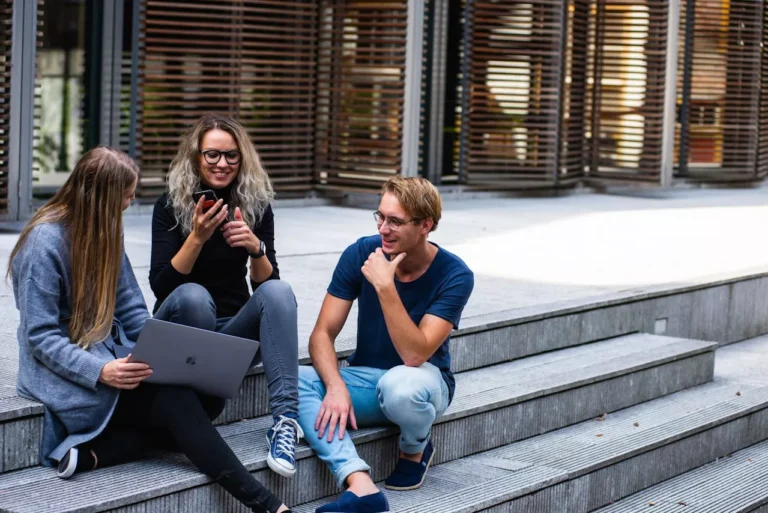
The Société des grand p rojets has awarded the IRIS 1 group , whose representative is Bouygues Travaux Public s , contract 15 Est-2 for the design and construction of line 15 Est of the Grand Paris Express which goes from Bobigny to Saint-Ouen , for a total amount of 1.087 billion euros .
This section of metro, exclusively underground, is part of a very dense urban context and will extend over the municipalities of Saint-Ouen, Saint-Denis, Aubervilliers, Drancy and Bobigny. Ultimately , line 15 East will significantly improve the mobility of 675,000 Ile-de-France residents and contribute to the attractiveness of this area.
The project, entrusted to the IRIS group, includes the construction of four new stations (Stade de France, Mairie d’Aubervilliers, Fort d’Aubervilliers and Drancy – Bobigny) and development work in the Saint-Denis – Pleyel station. The contract also includes the digging of a tunnel of approximately 5.5 kilometers as well as the development of 2.5 kilometers of existing tunnel, the construction of four new service structures and the development of three existing service structures. The contract also provides for the completion of real estate projects (housing and offices) above the Mairie d’Aubervilliers and Drancy – Bobigny stations.
To carry out this project, the IRIS group was made up of a set of expert and reference companies in their sector in order to respond to all the challenges, particularly technical, architectural and environmental.
A project respectful of the environment and part of its territory
The group, which brings together the four architectural firms, Atelier d’Architecture Brenac & Gonzalez & Associés, Atelier Novembre, Atelier Schall Architectes Associés and Enia Architectes, paid particular attention to the design of the projects, focusing in particular on frugality in the choice of materials and architectural design. This committed approach thus contributes to the harmonious integration of projects into their environment. Sustainability and scalability are at the heart of the design, with real estate programs offering flexibility to adapt to changing uses.
The group will endeavor to deploy all its resources in terms of innovation to respond to environmental challenges, in particular the reduction of greenhouse gas emissions. It also has the ambition to participate in the creation of the HQE Sustainable Infrastructure benchmark. To do this, it favors the reuse of materials, the use of low-carbon fiber-reinforced concrete for the tunnel segments, and the use of electric construction vehicles and machines which contribute to the reduction of CO 2 emissions . Finally, an approach aimed at reducing waste will be deployed on construction sites.
Throughout the project, the group is committed to maintaining close dialogue with all stakeholders in the areas concerned, particularly communities, users and associations. This will give rise to partnerships, with, among other things, 380,000 hours of integration planned. The group also plans to entrust at least 20% of its activity to SMEs.
Commissioning of the section is planned for 2031.




